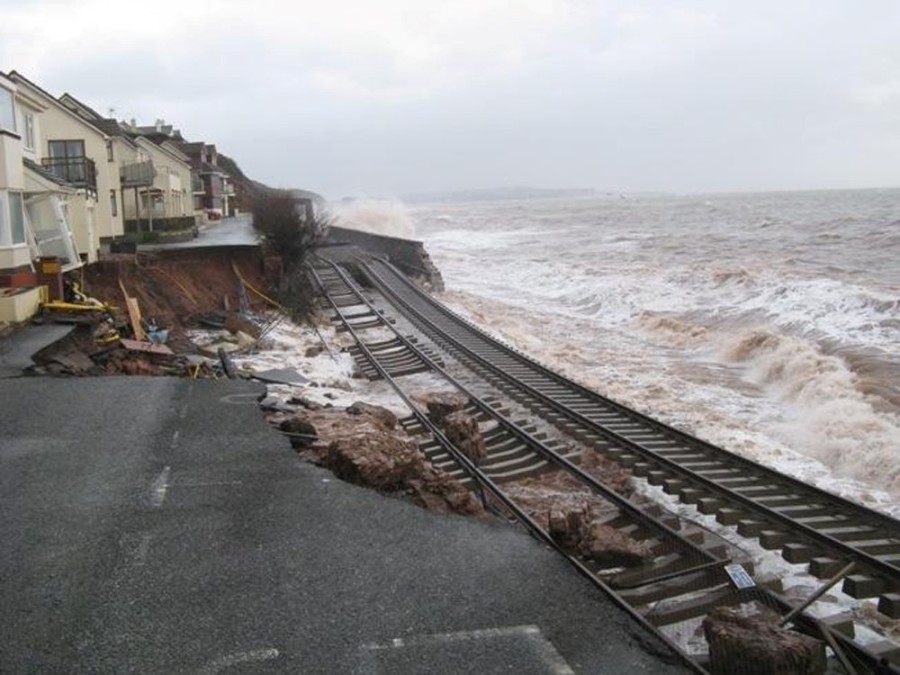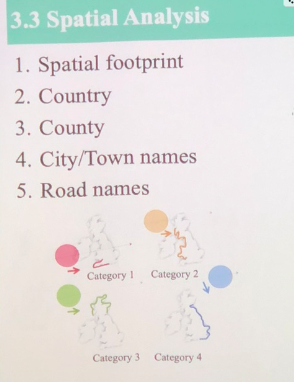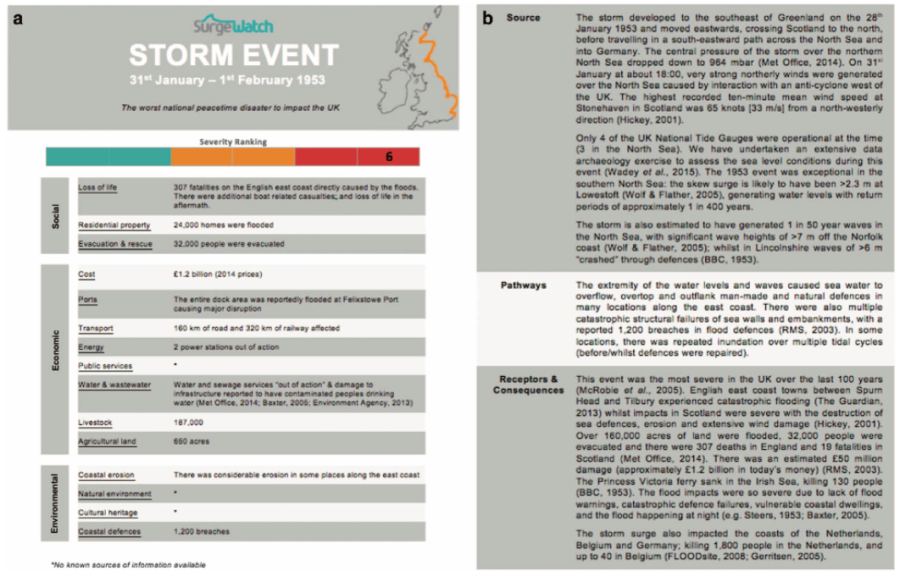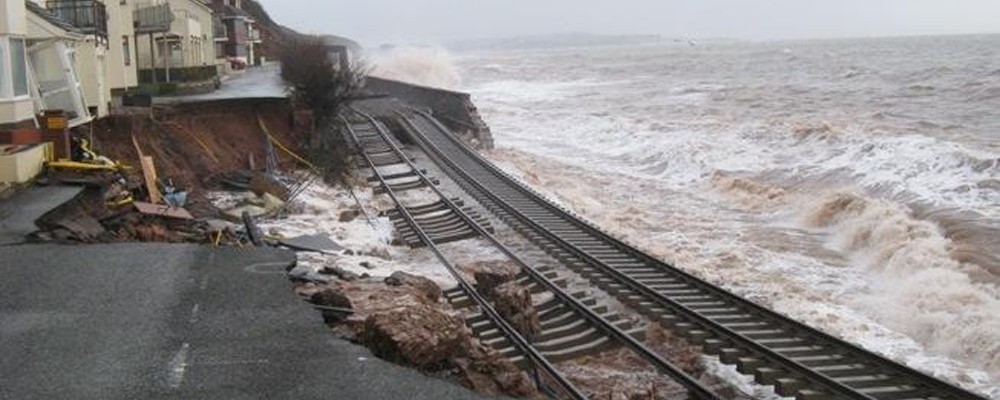By MSc ECE 2018/19 student Gabriella Panteli,
On Friday 2nd November Dr Ivan Haigh, Mrs Addina Inayatillah, Ms Lucy Fillbrook spoke to us on the topic “Surgewatch: documenting 2000 years of coastal flooding in the UK”.
Coastal flooding events have had catastrophic consequences both globally and in the UK. Within the UK there is a long history of coastal flooding. One of the most noteworthy coastal flooding events occurring was the 1953 North Sea Storm which led to 2100 deaths, 307 of which in the United Kingdom. This is sometimes referred to as the “Big Flood”. This event compelled the development of the Thames Storm Surge Barrier in London as well as the establishment of the UK Coastal Monitoring and Forecasting Service. Other large events include the 1607 flood killing 2000 people, still to this day the greatest loss of life experienced in the UK in the last 3000 years. The winter storms of 2013/14 were particularly damaging, leaving Southwest England disconnected by rail for two months when the only link was severed at Dawlish.

Putting things into perspective, Coastal flooding ranked 2nd for causing civil emergency in the UK. Coastal flooding events alone cost the UK £0.25billion every year. Considering all of this, It might be surprising to many that prior to the creation of SurgeWatch, no formal nationwide system was in place to record whether high waters progress to coastal flooding, nor was the extent of coastal flooding and the associated consequences ever systematically documented.
Some papers have tried to investigate past flooding events including through newspapers, Met reports and other sources, these include: Hickey (1997), Zong and Tooley (2003), Stevens (2014) and Ruocco (2011). Surgewatch was created with the aim of systematically recording coastal flood events with reference to the Source- Pathway-Receptor- Consequence (SPRC) model.
Over 3 versions of Surgewatch, the database has built to include information on 330 events over the last 100 years, with the final version being developed to recognise and capture information about coastal flooding events up to 2000 years ago. SurgeWatch is the most comprehensive database available worldwide on coastal flooding events. Version 1 captured information from hard data, and as the versions have progressed more and more soft data has been analysed including Newspaper reports, books, weather reports and social media. Version 3 has extended from version 2, looking at huge amounts of sources and finding hundreds more coastal flooding events.
Another key aim of version 3 is further spatial analysis. This was carried out to 5 levels: 1. Spatial footprint, 2. Country, 3. County, 4. City/Town names and 5. Road Names. Pinpointing flood events to precise locations will allow us to see the history of flooding in these locations, helping to assess their vulnerability to coastal flooding events.

Coastal flooding events are defined on Surgewatch by severity, rated from 1 (Nuisance) to 6 (Disaster). Each storm event is described based on its severity, social, economic and environmental impacts as well as a detailed description of the source, pathways, receptors and consequences for category 4 and above.

To summarise, Surgewatch is a database of soon to be 996 events from 7AD to 2016. It also gives digitised storm tracks for each storm event as well as wave heights, return periods and the heights of the surges. Results from the analysis undertaken through the Surgewatch database show that most coastal flooding events are caused by moderate floods, 86% in fact. There is no evidence as to storms getting stronger. The number of times high levels have been exceeded has increased by a factor of 10 in the last hundred years and this is due to a 20cm rise in Sea Level. Ivan summarised this thought with a very clever diagram of a hot air balloon flying over trees. The likelihood of the hot air balloon hitting the trees increases if the reference level of the trees rises, similar to that of sea level.

